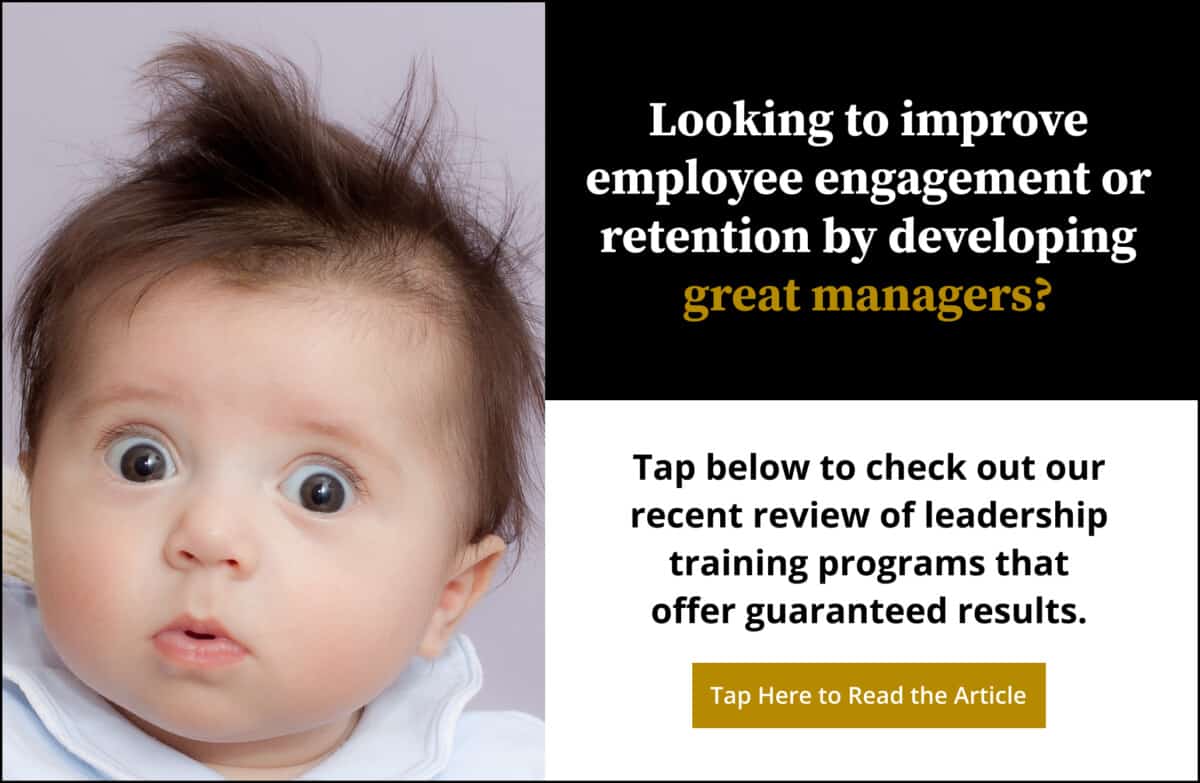Share:

Retaining experienced, highly-skilled employees is important for an organization’s financial sustainability because of the high costs of turnover.
It is also essential for maintaining high levels of productivity, engagement, job expertise, and customer satisfaction, which also all have a profound impact on profitability.
Figuring out the best strategies for maintaining high retention has long been a challenge in the business world, one that has only grown more complex during the COVID-19 pandemic as turnover rates have risen.
According to an eye-opening Gartner report, high rates of employee turnover are becoming permanent, hovering at levels nearly 20% higher than before the pandemic.
This is troubling when you consider the costs associated with recruiting new hires.
But how much does it actually cost to retain an employee? While we may not be able to answer this question with an exact dollar amount, we can look at an organization’s retention and turnover rates to get an idea of how much turnover is costing us.
It costs much less to retain a worker than to recruit, onboard, and train a new hire. It costs 6 to 9 months’ salary, on average, to replace a worker. For a worker making $60,000 per year, that’s $30,000 – $45,000 in recruiting and training costs. Turnover costs US organizations around a trillion dollars a year.
In this article, we’ll look at the cost, monetary and otherwise, of turnover and how it relates to retention.


Retention and Turnover Defined
Employee retention refers to an organization’s ability to retain its employees.
Employee turnover refers to employees leaving a job due to being discharged, terminated, resigning, or abandoning their job. When this happens, the organization seeks a replacement.
This is because an employee’s feelings about their job, their feelings of belonging, their feelings toward leadership, and the sense that their voice is heard and valued all play a major role in an employee’s decision to stay put or look for greener pastures.
If the organization provides a negative employee experience, employees will become disengaged, which will hurt retention.
There are many factors affecting retention, including compensation, job clarity, recognition, development opportunities, flexibility, autonomy, work-life balance, and meaningful work.
Calculating Retention and Turnover Rates
To determine how well your organization is retaining employees, you can calculate its retention and turnover rates.
Employee retention rate measures the rate at which staff members stay with an organization.
To calculate employee retention rate, divide the number of employees who have remained with the organization for a specific period of time by the initial number of employees for the same period of time, and multiply that number by 100.
(Remaining employees during a set timeframe / Initial number of employees during the same time frame) x 100 = Retention rate
If, for example, you wanted to calculate your organization’s retention rate for the year 2021. If the organization had 500 employees on January 1st of that year and 475 employees on the last day of that year, December 31st, this is how you’d calculate the employee retention rate:
(475 divided by 500) x 100 = 95% yearly retention rate
Because employee retention rate is limited in what it tracks, calculating both the employee retention rate and employee turnover rate can be more useful.
According to SHRM, “retention rate… measures the retention of particular employees over a specified period of time and complements the turnover rate metric, giving a more complete view of worker movement than calculating either metric alone.”
Employee turnover rate is defined as the number of employee departures divided by the average number of employees during the same time period. This is done by dividing the ending number of employees by the initial number of employees, then multiplying that number by 100:
(number of separations during the specific time period / average number of employees during that same time period) x 100 = Employee turnover rate
The resulting number can then be divided into voluntary and involuntary separations to measure the percentage of employees who left by choice, were fired, or were laid off.
Retention and turnover metrics can give organizations insight into how much turnover may be costing them.


The High Cost of Low Retention
Some studies have indicated that every time an organization has to replace a salaried employee, it costs them, on average, the equivalent of 6 to 9 months of salary.
Replacing a manager making $60,000 a year can cost $30,000 to $45,000 in recruiting, onboarding, and training costs, as well as the costs of operational inefficiencies and the loss in productivity that results as new hires train and become proficient in their roles.
When experienced employees leave, it can cause a significant loss of institutional knowledge that is hard to recuperate. This can hurt customer satisfaction and customer retention. It can also make it more challenging to onboard and train new employees.
Because it is more efficient to retain qualified and highly-skilled employees than to train and onboard new hires, retention is good for an organization’s overall performance and necessary for sustaining high performance.
It is inevitable that every organization will experience some amount of employee turnover, no matter how great the organization’s culture is or how competitive the compensation is. This is a completely normal part of business.
The problem arises when there is a high rate of turnover, and, unfortunately, it doesn’t just impact profits.
The Costs of Retention Aren’t Just Monetary
Besides the financial costs associated with turnover, high rates of turnover can take a toll on employee morale, engagement, and well-being. These things can have a negative effect on profits, but the extent to which they impact the employee experience and an organization’s culture is immeasurable.
High turnover can create a very unpleasant work environment that breeds more turnover, creating a retention crisis that can impact the organization at every level. It can also create a toxic work environment where burnout is common and job satisfaction is non-existent.
As many job seekers have cited these factors as a driving force behind their decision to seek greener pastures, it’s clear that creating cultures that support good employee morale, high engagement, and a culture of care that promotes the well-being of workers is the key to retaining them and avoiding the high costs associated with turnover.
Quitting can also be contagious. If employees see their co-workers leaving in droves, they’ll start to wonder if it’s time for them to jump ship as well. And, when they are working in an environment that is toxic or causing them stress due to burnout, they’ll almost certainly leave.
Since turnover can be so costly, strong retention strategies are crucial to recruiting and engaging the best talent. These strategies should focus on building a strong organizational culture and developing strong leaders who are committed to helping employees succeed.

Matt Tenney has been working to help organizations develop leaders who improve employee engagement and performance since 2012. He is the author of three leadership books, including the groundbreaking, highly acclaimed book Inspire Greatness: How to Motivate Employees with a Simple, Repeatable, Scalable Process.
Matt’s ideas have been featured in major media outlets and his clients include numerous national associations and Fortune 500 companies.
He is often invited to deliver keynote speeches at conferences and leadership meetings, and is known for delivering valuable, actionable insights in a way that is memorable and deeply inspiring.


